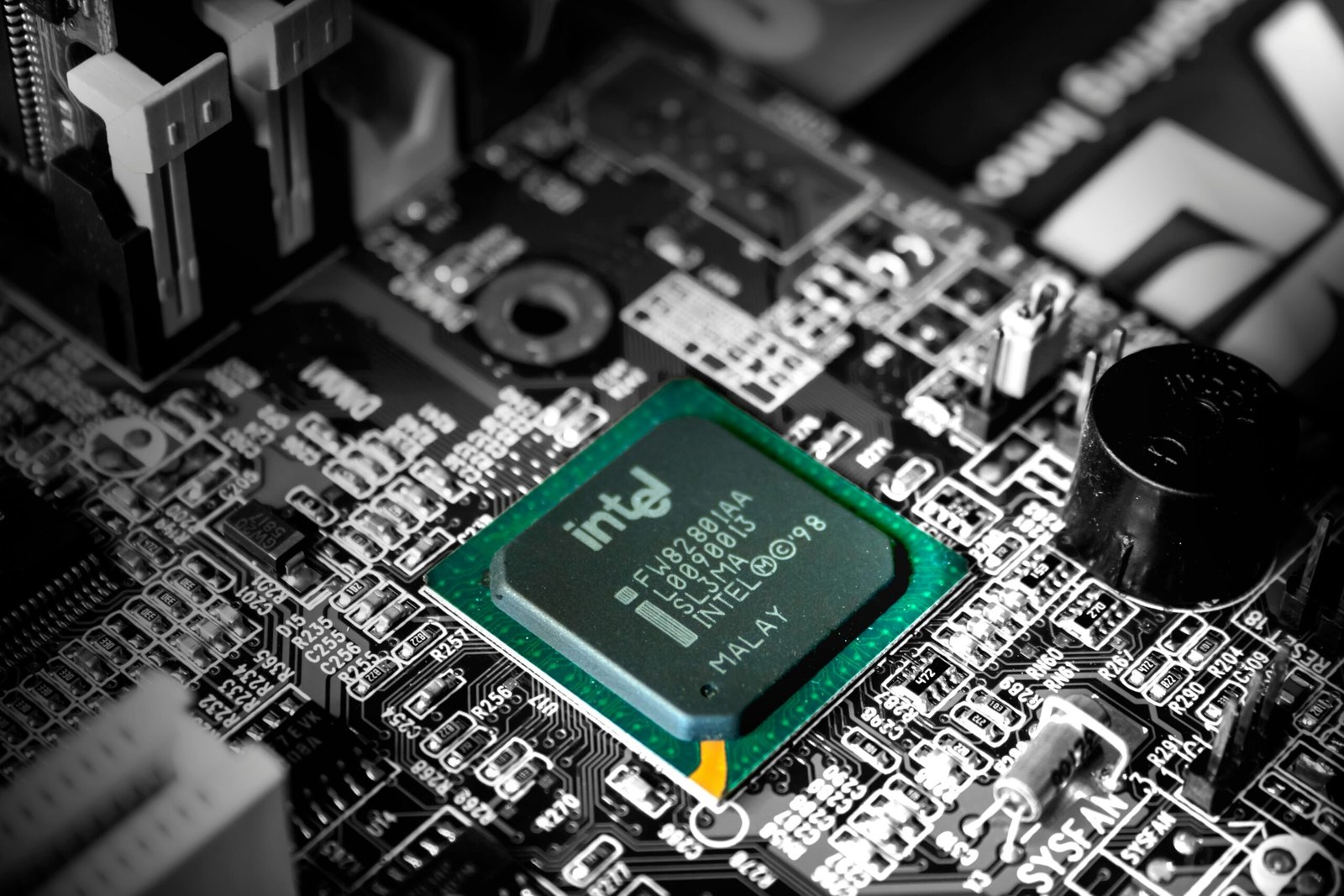Introduction
In today’s rapidly evolving technological landscape, the selection of gadgets can often feel overwhelming, especially for beginners. The sheer variety of options available in the market, ranging from smartphones and laptops to smartwatches and home assistants, presents a unique set of challenges. Each gadget boasts a myriad of features and specifications, making the decision-making process daunting for those who may not possess an extensive understanding of technology.
As consumers encounter an influx of brands and models, distinguishing between high-quality products and those that do not meet their needs becomes critical. Beginners might struggle with questions such as: What are the essential features to consider? How can I assess the performance and reliability of a gadget? What should I prioritize—price, functionality, or personal preferences? These inquiries can lead to confusion, often resulting in hasty decisions that may not align with the intended purpose of the gadget.
This article aims to provide valuable insights for those navigating the gadget selection process. It will outline essential features that one should consider when choosing a device, such as compatibility, battery life, design, and user-friendliness. Furthermore, the blog will delve into effective strategies for evaluating various products, ensuring readers are equipped to make informed comparisons. By the end of this guide, beginners will feel more confident and prepared to select gadgets that suit their personal or professional needs, ultimately enhancing their tech experience. With a structured approach to assessing options and prioritizing key features, readers will gain the tools necessary to make thoughtful purchasing decisions in a market filled with diverse choices.
Understanding Your Needs
Before embarking on the journey of selecting the right gadget, it is essential to first understand your individual needs and preferences. The primary use of the gadget is a critical factor that can significantly influence your decision. For instance, if you require a gadget for professional purposes, such as video editing or graphic design, your choice will differ from that of someone looking for a device mainly for casual browsing or social media engagement. By identifying the core tasks you want to accomplish with your gadget, you can narrow down your options effectively.
In addition to defining primary usage, it is also crucial to consider your budget. Gadgets come in a wide range of price points, and having a clear budget will help streamline your decision-making process. By establishing a financial limit, you can focus on devices that offer the best value within your budget, thereby avoiding unnecessary debt or overspending. This approach not only aids in saving money but also encourages you to invest in gadgets that genuinely meet your needs.
Moreover, differentiating between must-have features and nice-to-have extras is essential when evaluating potential gadgets. Must-have features are functionalities that directly address your primary needs, while nice-to-have extras may enhance user experience but are not essential. For example, consider a smartphone: if photography is a primary concern, a high-quality camera might be a must-have. However, additional features like a customizable interface could be seen as a bonus rather than a necessity. By focusing on essential rather than supplementary features, you ensure that your selected gadget aligns perfectly with your lifestyle and requirements.
Understanding your needs is the foundation upon which satisfactory gadget selection is built. With careful consideration of usage, budget, and key functionalities, you will be better prepared to make informed decisions and select a gadget that truly complements your daily life.
Researching Gadgets: Where to Start
When embarking on the journey to choose the right gadget, effective research is crucial. The first step involves identifying credible online resources that provide valuable information about various gadgets. Popular websites such as tech review sites, technology blogs, and consumer electronics forums can serve as valuable repositories of knowledge. Sites like CNET, TechRadar, and UserBenchmark offer comprehensive reviews and comparisons, allowing users to weigh the pros and cons of different products.
To gather substantial data, it is advisable to start by utilizing comparison websites. These platforms allow consumers to juxtapose specifications, prices, and user ratings across different models. This process helps in identifying which gadgets align with personal preferences and requirements. Furthermore, understanding technical specifications is essential – terms like processor speed, battery life, and storage capacity can greatly influence performance and satisfaction. Thus, when reading through specifications, look for guides that explain these terms in layman’s terms to ensure clarity.
User reviews serve as another invaluable resource. While there will always be a mixture of opinions, trends can be discerned from aggregated reviews. Focus on balanced feedback, paying attention to recurring themes, whether they are praises regarding performance or critiques about usability. It’s also important to recognize when a review is based on biased or misleading information. Trustworthy sources tend to have a reputation for integrity, so keep an eye out for websites that disclose any affiliations or sponsorships.
Lastly, leveraging research-backed data is fundamental. Statistics regarding market performance, durability, and customer satisfaction can provide deeper insights into a gadget’s overall value. By intertwining this data with your personal needs, you can make an informed decision that not only meets expectations but enhances your technological experience.
Making the Final Decision
After diligently researching and narrowing down your choices, the final step in selecting the right gadget involves a detailed comparison of the shortlisted options. Begin by evaluating the pros and cons of each device based on established criteria. Consider essential aspects such as warranty coverage, customer support, and the gadget’s longevity. A strong warranty can safeguard your investment, while available support can solve potential issues effectively during the gadget’s lifespan.
Future-proofing technology is another critical factor to consider. Seek gadgets that are likely to remain relevant in the coming years through compatibility with software updates, accessories, or general technological advancements. Products that accommodate expanding functionalities can be beneficial, allowing you to adapt without needing frequent replacements.
Price comparison among multiple retailers is an invaluable step in making an informed decision. Ensure you explore both online and local stores, as varying pricing strategies can affect your budget. Utilize price comparison websites to gather relevant information efficiently and seek discounts or promotional offers wherever possible. Subscribing to newsletters from retailers can also provide insights into upcoming sales and exclusive deals.
As you reach this critical decision-making phase, remember that technology should enhance your everyday life. The most suitable gadget will align with your personal needs, preferences, and financial constraints. Engage with your community by sharing your experiences, questions, or insights regarding your gadget selection process in the comments section below. Your contributions not only help others but also foster a supportive environment. Lastly, trust your instincts, and choose a gadget that excites you!




